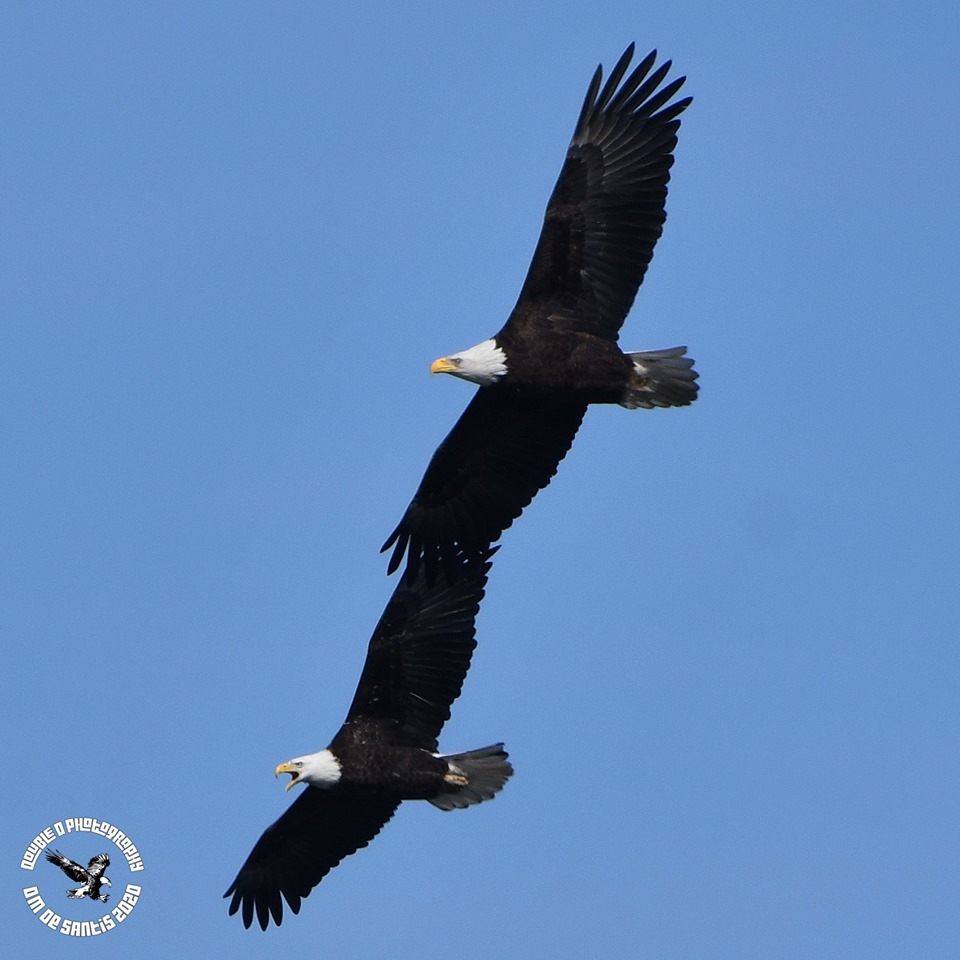
The latest report on the comeback of the Bald Eagle to the Garden State has been nothing short of miraculous. From a single nest in 1980 in Cumberland County which had failed six times to where we are today, with 211 nest sites statewide with 249 young being brought into the world in 2019 alone, plus 27 new eagle pairs found last season with more on the way, it’s a comeback that almost no one ever believed possible .
The return of the Bald Eagle was no accident, and they could not have done it alone. More than 40 years ago the outlawing of DDT, the enactment of the Endangered Species Act, the Clean Water Act and Federal and State agencies working together gave our Eagles a fighting chance that has allowed us the privilege to once again have the symbol of our country grace our skies.

Simply put this is the result of good people, conservation groups and our government working together to do the right thing, a formula we should never forget. But in no way is the future of the Bald Eagle guaranteed, and the jury may still be out on whether or not they continue their comeback and remain here for future generations to enjoy.
As we look back to events like the first Earth Day, recall the battle for a cleaner, healthier environment and what it took to save species like the Bald Eagle we can only imagine how difficult it must have been and the sacrifices that were made by people like Rachel Carson and others to bring us where we are today.
Now we have to ask ourselves if we will make the same sacrifices and if we are ready to continue where past generations left off? Will we step up and protect the most magnificent of all raptors or will we just pat ourselves on the back and pretend our job is done and leave our future up to someone else?

Threats to the future of our Bald Eagles are many, especially here in New Jersey. Habitat continues to be lost or compromised along our rivers, streams and lakes, and human interference at nesting sites, whether intentional or unintentional, is constantly a problem. On a national level the clock is now being turned back for the protections of our water quality and endangered species protections. Then, of course, is the 800 pound gorilla in the room: climate change.
Brooke Bateman, senior scientist at the National Audubon Society, says global warming may also bring extreme weather with damaging winds that can endanger nests and baby birds. In the south, extreme heat could threaten the birds’ ability to reproduce. Taking all these factors into account, the National Audubon Society predicts that three quarters of the bald eagles’ current summer range will become unsuitable for the birds in 60 years.
And make no mistake, these threats are not just to the Bald Eagle but also to many other threatened and endangered species like Osprey, Peregrines, Piping Plovers and Savannah Sparrows, and the list continues to grow.

These threats are by no means insurmountable and this in no way should discourage us. Rather, it should inspire and embolden us. Just like past generations we can stand up, face our challenges ahead, and join together and be counted to do the right thing. We will be looked at and judged by future generations on what we can accomplish in the very near future
The Bald Eagle has done its part. With our help and against all odds they have fought back from the brink of extinction. The only question now is will we allow them to stay?

Great article by my friend Don about the future of Bald Eagles. I’ve been birding for 3 plus years now, and I never imagined I would see eagles and monitor an eagles’ nest. These birds have become such an important part of my world; I’m in awe of them every time I see them. We must continue to protect eagles, their habitat and the environment to not only ensure their continued success, but that of all birds and species. Honored to have my photos accompany this article
Wow, great article, I have been enjoying taking photos of these beautiful birds. The article made me happy and sad at the same time, to think our future generations may not enjoy the beauties we enjoy today. Not to think if these environments will not be suitable for birds, what does that say for human environments. We as care takers need to wake up, everything is connected.